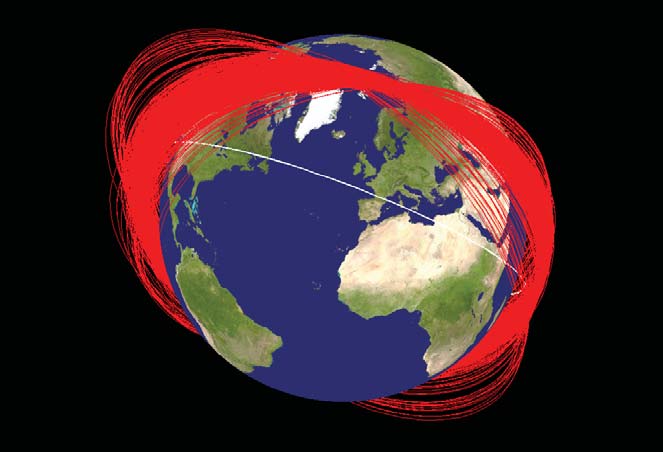@edgarblythe,
The 2007 Chinese event was apparently twice as bad that the recent Indian one.
Quote:On 11 January 2007, the People's Republic of China successfully destroyed a defunct Chinese weather satellite, FY-1C. The destruction was reportedly carried out by an SC-19 ASAT missile with a kinetic kill warhead [...] at an altitude of about 865 km (537 mi), with a mass of about 750 kg (1650 lb). [...]
This event was the largest recorded creation of space debris in history with more than 2,000 pieces of trackable size (golf ball size and larger) officially cataloged in the immediate aftermath, and an estimated 150,000 debris particles.[25][26] As of October 2016, a total of 3,438 pieces of debris had been detected, with 571 decayed and 2,867 still in orbit nine years after the incident.[...]

Source: wiki, mismatch of articles.
In comparison, Nasa had identified 400 pieces of orbital debris and is tracking 60 pieces larger than 10cm in diameter in the case of the Indian kill.
The US military is in total tracking about 10,000 pieces of space debris, nearly a third of which is said to have been created by the Chinese test.
https://www.bbc.com/news/world-asia-india-47783137
But of course they are all bad. It cummulative:
Quote:The Kessler syndrome (also called the Kessler effect,[1][2] collisional cascading or ablation cascade), proposed by the NASA scientist Donald J. Kessler in 1978, is a scenario in which the density of objects in low Earth orbit (LEO) is high enough that collisions between objects could cause a cascade where each collision generates space debristhat increases the likelihood of further collisions.[3] One implication is that the distribution of debris in orbit could render space activities and the use of satellites in specific orbital ranges impractical for many generations.[3]